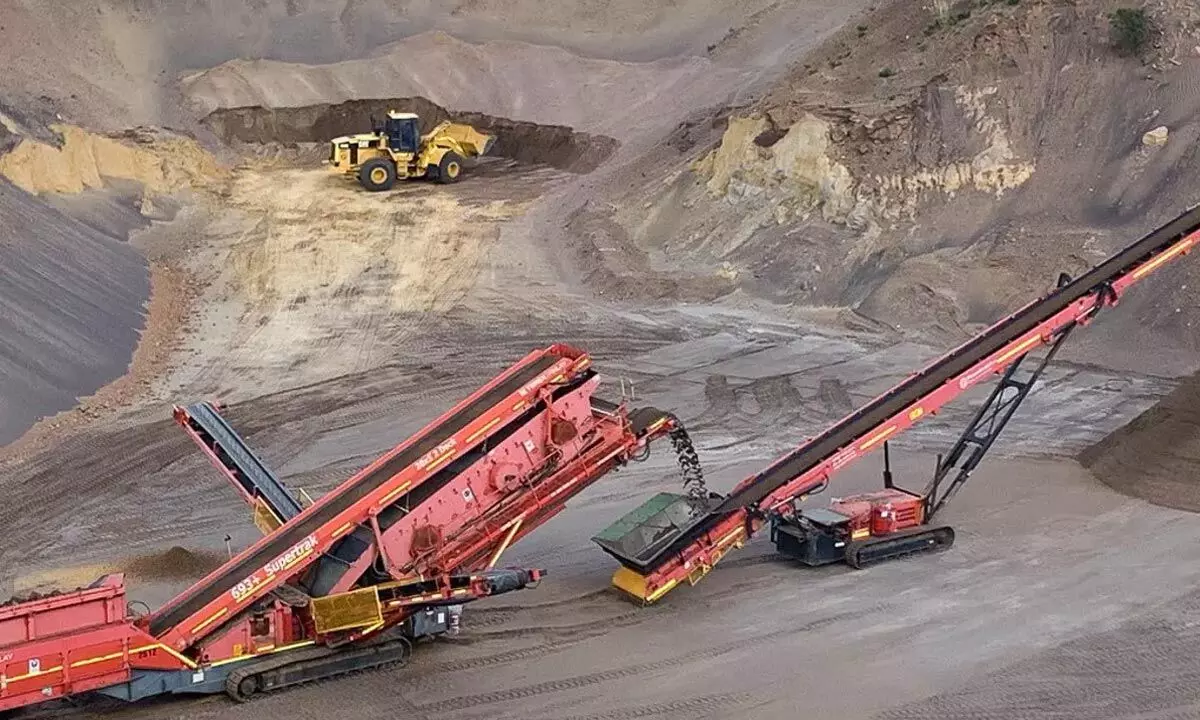Centre ropes in Toyota arm to refine rare earths
Toyotsu Rare Earths India Ltd will source rare earth concentrate from IREL
image for illustrative purpose

Mineral Processing
- India 5th largest in RE resources
- Indian RE resources significantly lean, tied with radioactivity
- Indian RE resources contain light rare earth elements (LREE)
New Delhi: The central government has engaged Toyotsu Rare Earths India Limited, Visakhapatnam, for refining rare earths by sourcing rare earth (RE) concentrate from IREL (India) Limited. Toyotsu Rare Earths India is a subsidiary of Toyota Tsusho Corporation, Japan.
IREL (formerly Indian Rare Earths Limited) is a central public-sector enterprise (PSE) mandated to sustainably grow the core business of heavy minerals and rare earths by expanding mining, mineral processing, and rare earth refining asset base domestically and globally.
While India has facilities from mining to separation and refining in oxide form and also developed capability of metal extraction, the further industrial-scale facilities (intermediate) from alloy, magnet, etc., are non-existent. This necessitated foreign collaboration. Toyotsu Rare Earths has been engaged to work with IREL, official sources told Bizz Buzz.
Though called rare earths, these are a relatively abundant group of 17 elements composed of the lanthanides, scandium, and yttrium. The lanthanides comprise the series of 15 consecutive chemical elements in the periodic table from lanthanum to lutetium (atomic numbers 57–71). The principal economic sources of REs are the minerals bastnasite, monazite, and loparite and the lateritic ion-adsorption clays. REs have unique properties which are useful in a wide variety of applications.
RE resources in India are reported to be the fifth largest in the world. Indian RE resources are significantly lean and tied with radioactivity, making the extraction long, complex and expensive. Further, Indian RE resources contain light rare earth elements (LREE), while heavy rare earth elements (HREEs) are not available in extractable quantities.
In case of REs, a long-drawn ecosystem in the value chain is required to move from reserves to the finished product, comprising a large number of processes and plants.

